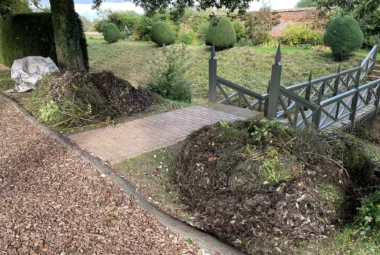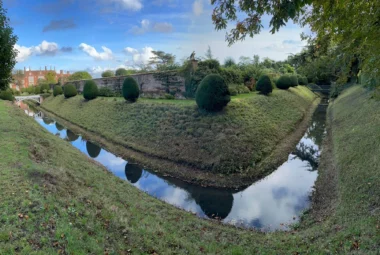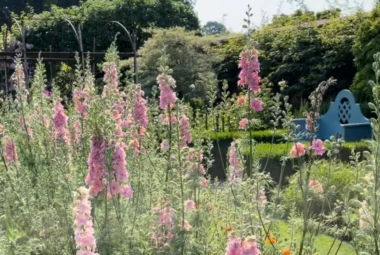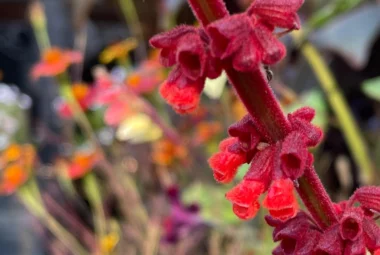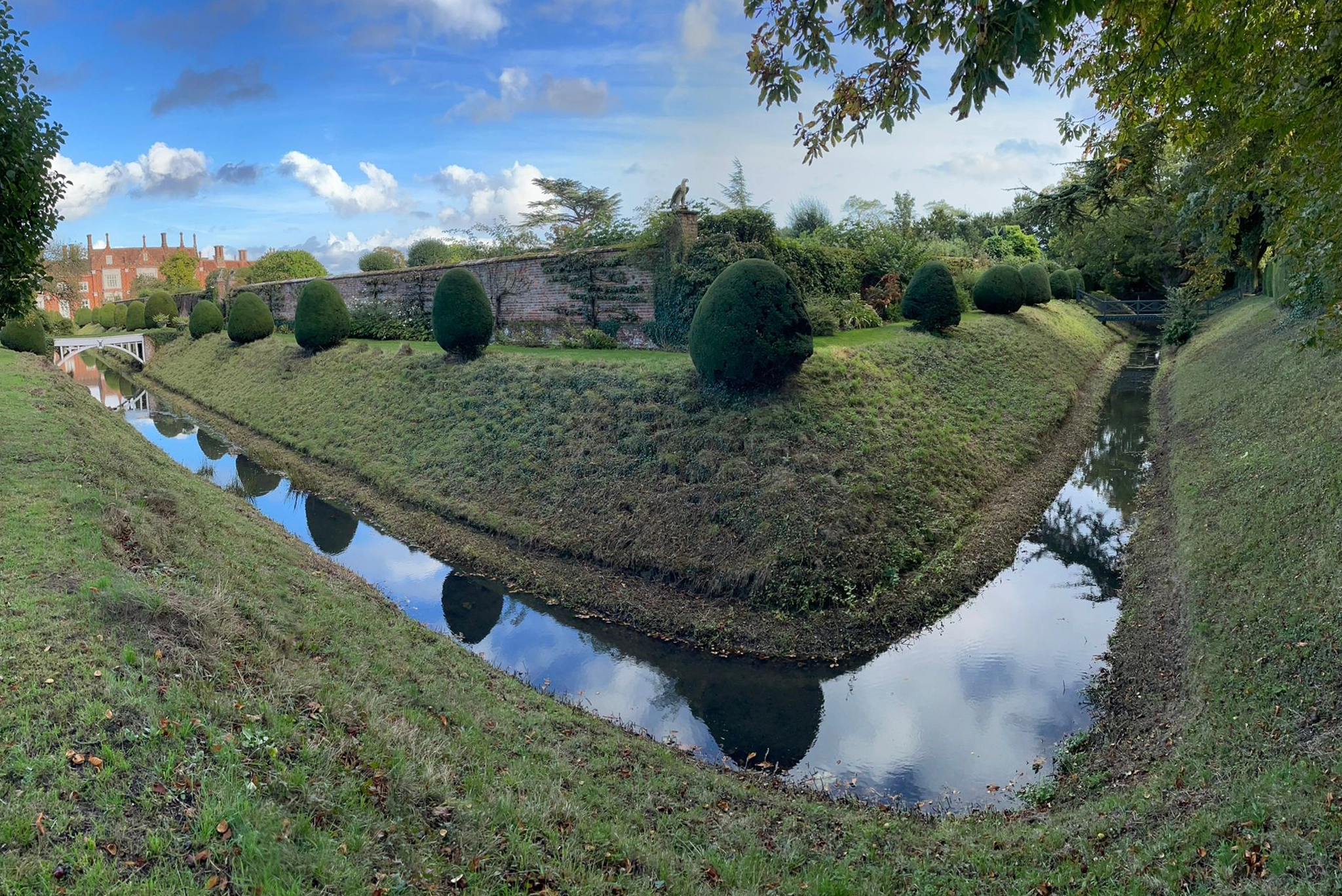
The Focus in the Garden for October
With preparations for the Illuminated Garden Trail well underway, the garden team is hard at work getting the necessary areas of the garden ready. Our top priority is cutting back the Main Borders, completing border edits, lifting and dividing perennials, and introducing new plantings. We aim to begin bulb planting in this border by the end of October. At the same time, we’re also pruning and training the roses and shrubs along the wires at the back of these borders. All of this is in preparation for this year’s Walled Garden IGT installation—stay tuned!
This month, we’ve been busy taking cuttings of various tender perennials. Once they’ve rooted and been potted on, they’ll overwinter in our warm glasshouse, ready for use next spring. We’ve taken around 450 cuttings, many of which will feature in pot displays or the bedding pockets throughout the Walled Garden. Additionally, we’re direct sowing hardy annuals like Larkspur, hoping for a good overwintering survival rate, as long as conditions aren’t too wet. We’re also pricking out and potting hardy annuals and biennials, ready for planting in November or February/March. Tender plants, such as Salvia confertiflora, cannas, and our arid trough, are being lifted and transferred to the glasshouses for overwintering.
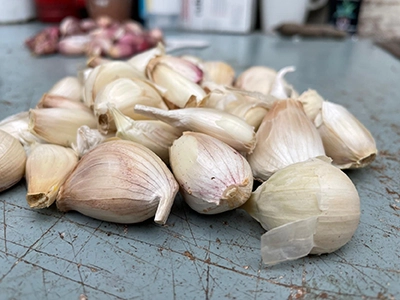
In the productive plots, we’re planting garlic and sowing broad beans. This year, we’re growing four varieties of garlic, both soft neck and hard neck, and our chosen broad bean variety for winter hardiness is ‘Aquadulce Claudia’. We’ve also been harvesting late apple varieties, including Bramley’s Seedling. Our green manures, such as phacelia, buckwheat, and fenugreek, are being cut back before they go to seed. They’ll be left to decompose and then covered with a fine layer of compost, ready for planting in spring. This process increases soil carbon levels, acting as a tonic for the soil biome and promoting healthy plant growth.

